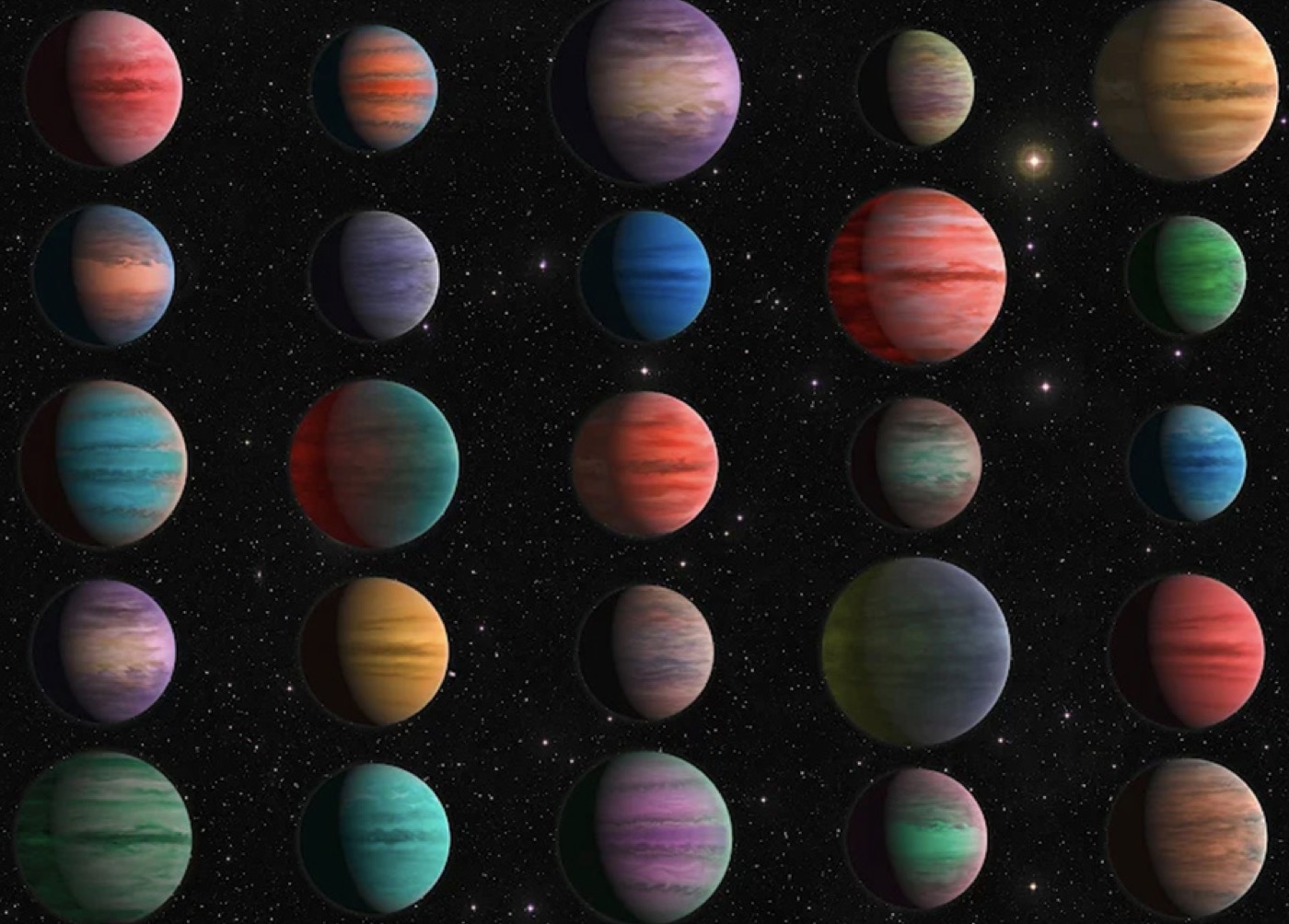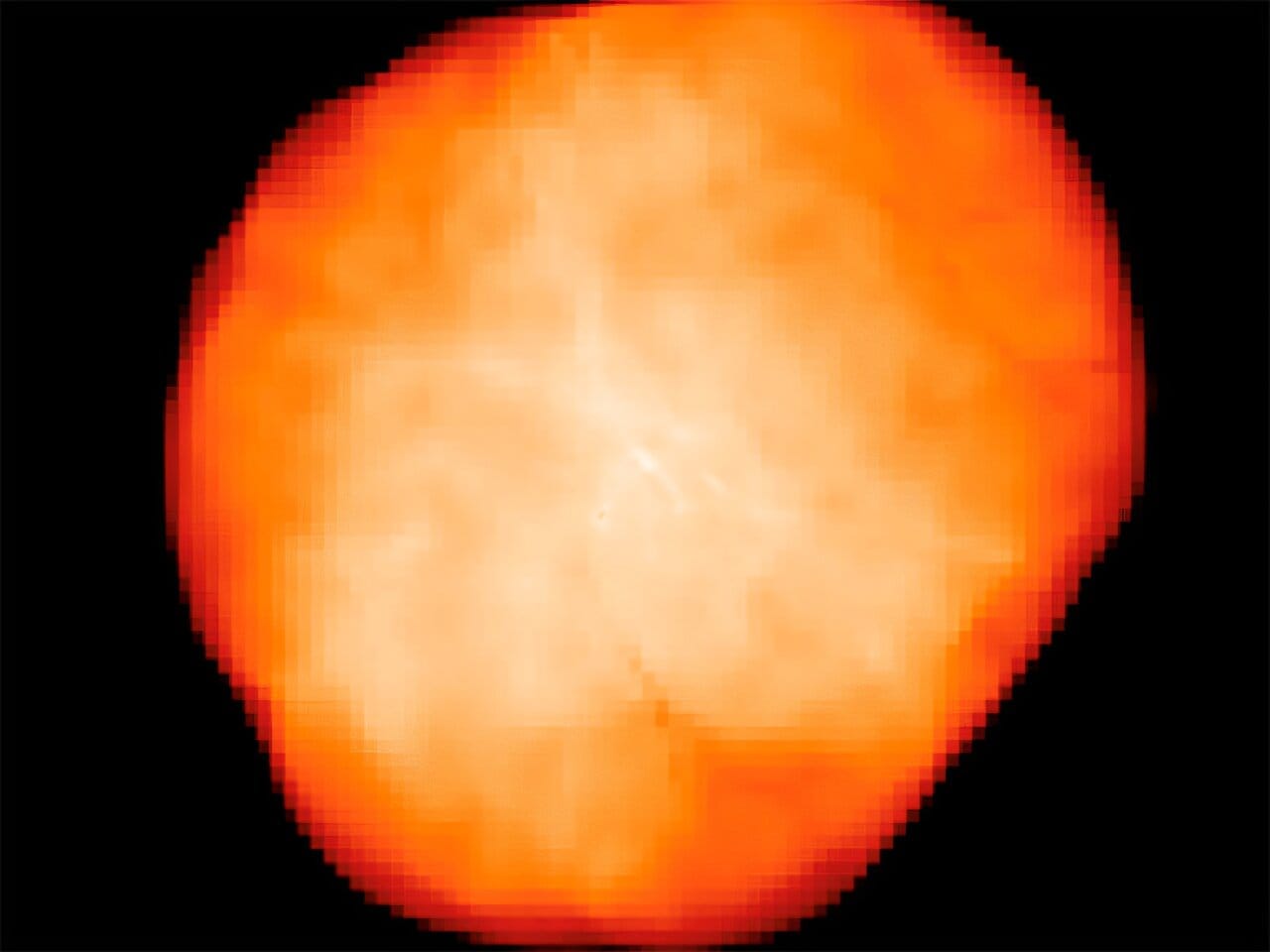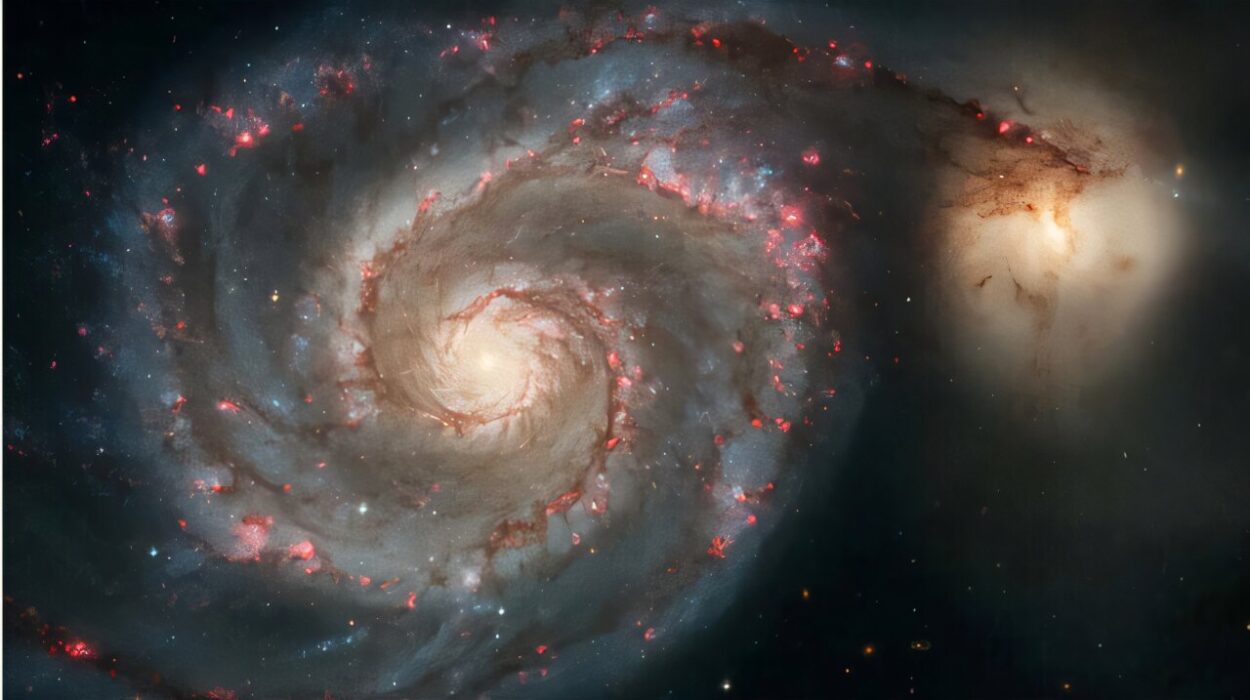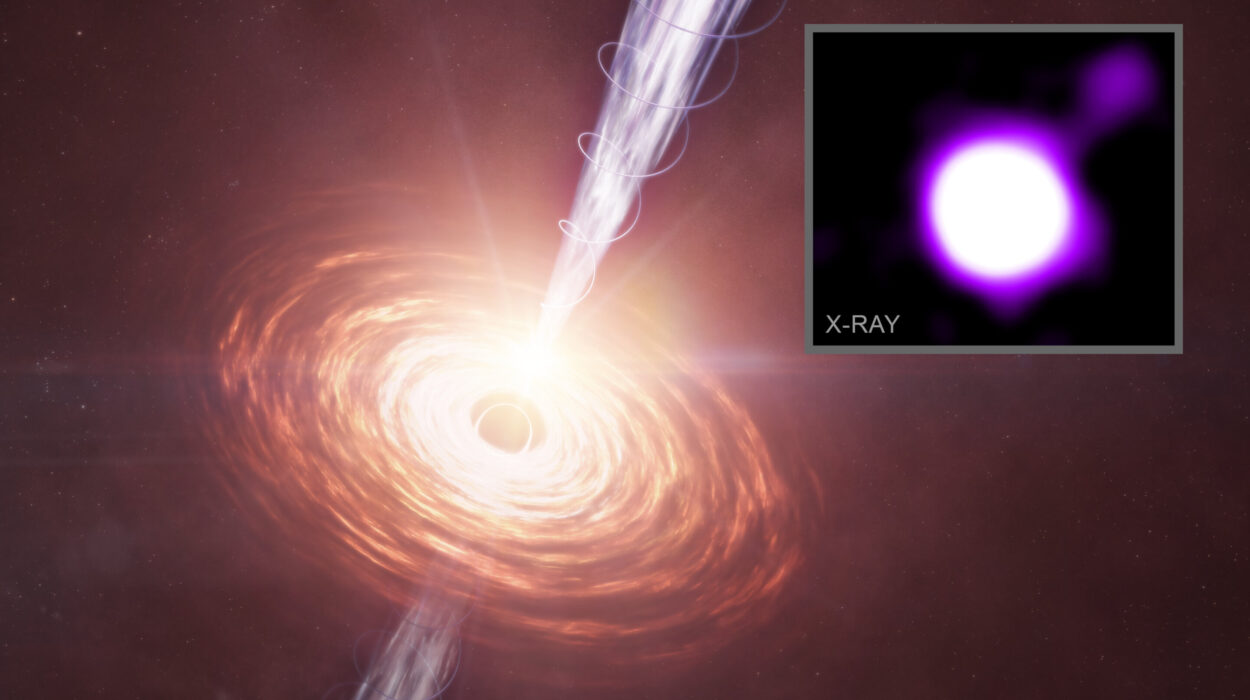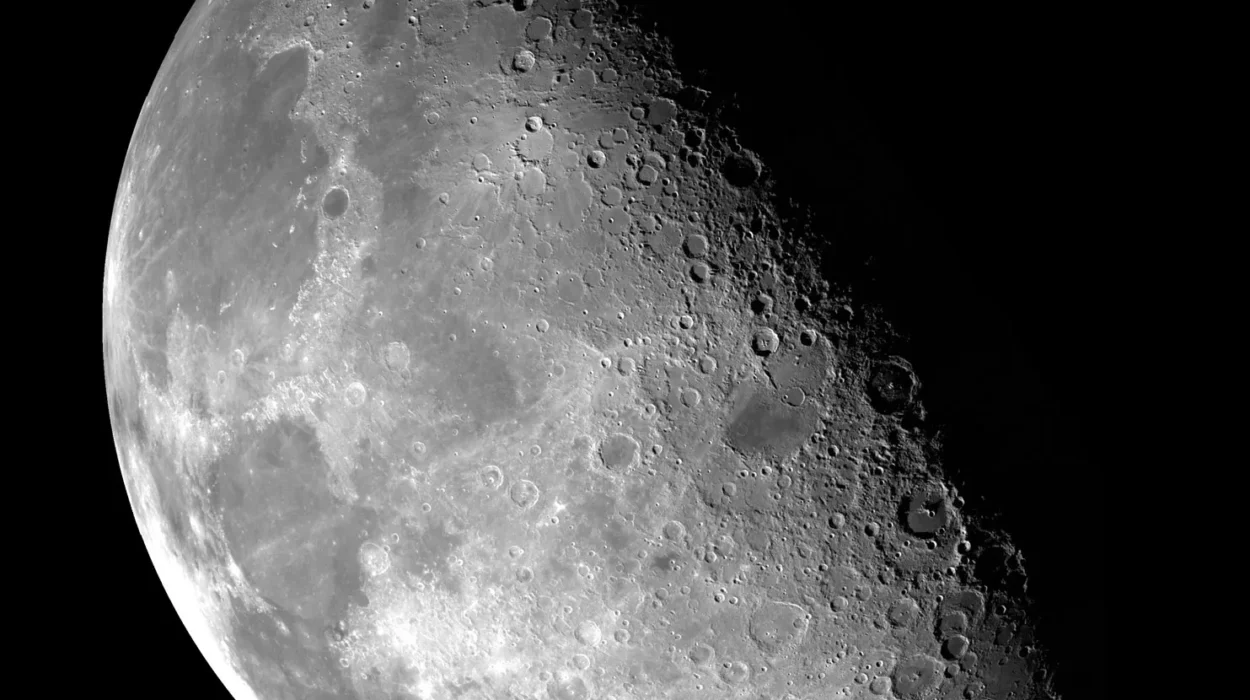For most of human history, Earth was the only known world. Even when early astronomers discovered that the planets like Mars, Jupiter, and Saturn shared the sky with us, those too belonged to our solar system—a tiny family of planets orbiting a single star in a vast universe. It wasn’t until the late 20th century that humanity took its first confirmed step into a much larger cosmic neighborhood. That moment came with the discovery of the first exoplanet—a planet beyond our solar system.
Today, the field of exoplanet discovery is not only one of the fastest-growing branches of astronomy, but also one of the most thrilling. With thousands of confirmed worlds orbiting distant stars, we now know that planets are more the rule than the exception. They come in astonishing diversity—some scorched by their suns, others dark and icy, some possibly habitable, and a few with bizarre properties that challenge our very ideas of what a planet can be.
But how did we find them? And what exactly are exoplanets? This article will explore these questions in depth, taking you on a journey from the earliest theories of “other worlds” to the high-tech instruments of the present day that help us peer across interstellar space.
What Exactly Are Exoplanets?
An exoplanet, or extrasolar planet, is a planet that orbits a star outside our solar system. These planets can vary widely in size, composition, and orbit. Some are small, rocky, and Earth-like; others are massive gas giants several times the size of Jupiter. Many orbit their stars closely, in ways that defy our expectations based on our solar system.
The concept of exoplanets is not new. Philosophers like Giordano Bruno, in the 16th century, speculated that other stars could have their own “worlds.” But such ideas were dismissed or considered philosophical speculation without evidence. That changed in the 1990s with the first confirmed detections of exoplanets.
Now we know that the Milky Way is teeming with them. Astronomers estimate that there could be more than 100 billion exoplanets in our galaxy alone. That means nearly every star you see in the night sky could have planets orbiting it—some of which might even harbor life.
The First Discoveries: A Cosmic Revelation
The first confirmed discovery of an exoplanet came in 1992, and it was a surprise. Astronomers Aleksander Wolszczan and Dale Frail discovered two planets orbiting a pulsar—a rapidly rotating neutron star. These planets weren’t orbiting a sun-like star but a dense remnant of a supernova explosion. This finding was both shocking and paradigm-shifting. If planets could survive the death of a star—or even form afterward—perhaps they were more common than anyone had dared to hope.
In 1995, another landmark moment arrived. Michel Mayor and Didier Queloz announced the discovery of 51 Pegasi b, the first exoplanet found orbiting a main-sequence star similar to our Sun. This planet, however, defied expectations. It was a “hot Jupiter”—a gas giant similar in size to Jupiter but orbiting very close to its star, completing a full revolution in just over four days. This was not the type of solar system we expected to find. And that was just the beginning.
Since then, the number of known exoplanets has exploded, thanks to technological advances and dedicated missions like NASA’s Kepler and TESS telescopes. These observatories have given us thousands of confirmed exoplanets and even more candidates waiting for verification.
Methods of Detection: How We Find Exoplanets
Given the vast distances involved—many exoplanets are hundreds or even thousands of light-years away—it might seem impossible to detect them. After all, planets don’t emit their own light; they shine only by reflecting the light of their host stars, and even then, the stars are vastly brighter. Imagine trying to see a firefly buzzing around a streetlamp from miles away. That’s the scale of difficulty we’re dealing with.
Yet astronomers have developed several ingenious methods to find these elusive worlds. Here are the primary techniques:
The Transit Method
This is currently the most prolific method of finding exoplanets and was used extensively by the Kepler Space Telescope. It involves monitoring a star’s brightness over time. If a planet passes or “transits” in front of its host star from our point of view, it causes a tiny, periodic dimming of the star’s light. By measuring this dip and how often it occurs, scientists can determine the planet’s size, orbital period, and even hints about its atmosphere.
The transit method has a few limitations—it only works when a planet’s orbit is aligned just right so that it crosses between its star and us. But because astronomers monitor thousands of stars simultaneously, they can catch many such alignments.
Beyond just detecting a planet, transits allow us to perform spectroscopy on starlight passing through the planet’s atmosphere. This means we can analyze its composition—detecting gases like water vapor, methane, carbon dioxide, and potentially even oxygen.
The Radial Velocity Method (Doppler Spectroscopy)
Before Kepler popularized the transit method, most exoplanets were found using radial velocity. This technique takes advantage of the gravitational dance between a star and its planet. As a planet orbits, it exerts a small gravitational tug on its star, causing the star to wobble slightly. This wobble affects the light coming from the star—shifting its spectrum slightly toward red when the star moves away from us and toward blue when it moves toward us.
By analyzing these shifts, astronomers can infer the presence of a planet, estimate its mass, and determine the shape and size of its orbit. Radial velocity is particularly effective at finding large planets orbiting close to their stars.
Direct Imaging
This is the most straightforward idea but one of the hardest to achieve: take a picture of the planet itself. Because stars are so bright and planets so faint, this requires advanced optics and sometimes specialized instruments that can block the star’s light to reveal faint objects nearby.
Direct imaging works best for young, massive planets that emit heat and are far from their host stars. Although still rare, direct imaging has successfully revealed several exoplanets, giving us our first actual glimpses of alien worlds.
Gravitational Microlensing
Microlensing is a fascinating and rare method based on Einstein’s theory of general relativity. When a star passes in front of another, its gravity can bend and magnify the light of the background star. If the foreground star has a planet, it adds a subtle but detectable signal to this magnification.
Microlensing can detect planets at great distances, including those too far from their stars to be found by other methods. However, these events are one-time occurrences—the alignment doesn’t repeat—so follow-up studies are difficult.
Astrometry
Astrometry involves measuring the precise motion of stars across the sky. If a star wobbles due to an orbiting planet, we can detect that motion. While this method is conceptually simple and has potential for discovering Earth-like planets, it’s incredibly difficult in practice due to the minuscule size of the wobble.
Astrometry was responsible for a few early exoplanet candidates, but as of now, it remains a promising but still developing technique.
The Exoplanet Zoo: Diversity and Extremes
As more exoplanets are discovered, it’s become clear that our solar system is just one of many possible planetary configurations. The variety of exoplanets found has stunned astronomers and upended old theories.
There are “hot Jupiters” that orbit their stars in just days, “super-Earths” that are larger than Earth but smaller than Neptune, and “mini-Neptunes” with thick atmospheres but relatively small masses. Some exoplanets orbit binary stars, like the fictional Tatooine from Star Wars, and others travel around pulsars.
There are planets made largely of water, planets with iron rain, and even one believed to be covered in oceans of molten lava. Some worlds are tidally locked, always showing the same face to their star, with one hemisphere baked in eternal daylight and the other in freezing darkness.
This planetary diversity suggests that nature is far more imaginative than we once believed. It also raises new questions about how planetary systems form and evolve.
Searching for Earth 2.0
Perhaps the most compelling motivation for finding exoplanets is the hope of discovering Earth-like worlds—planets that are not too hot, not too cold, but just right for life as we know it.
Such planets would need to lie in the “habitable zone” of their star, where temperatures allow for liquid water on the surface. But being in the habitable zone doesn’t guarantee habitability. The planet’s atmosphere, magnetic field, geological activity, and many other factors all play a role.
Still, several candidates have excited the scientific community. Planets like Kepler-186f, Proxima Centauri b, and the TRAPPIST-1 system contain rocky planets in their stars’ habitable zones. In the case of TRAPPIST-1, seven Earth-sized planets orbit a single red dwarf star, and at least three could be potentially habitable.
Future missions aim to study these worlds in greater detail. Telescopes like the James Webb Space Telescope and the upcoming European PLATO mission are designed to analyze planetary atmospheres and possibly detect biosignatures—chemical hints of life.
Biosignatures and the Search for Life
One of the most thrilling aspects of exoplanet science is the possibility of detecting life beyond Earth. But what would life look like from light-years away?
Scientists look for biosignatures—combinations of gases or features in a planet’s atmosphere that might indicate biological processes. For instance, oxygen and methane together are promising signs, as they tend to cancel each other out unless replenished by living organisms.
Other possibilities include the detection of seasonal changes in a planet’s atmosphere or reflective patterns that suggest plant-like pigments. Still, interpreting these signals is complex. False positives and false negatives are possible, and distinguishing between biological and geological sources requires extreme care.
Nonetheless, the search is underway. In the coming decades, we may finally get our first glimpse of a truly Earth-like planet—and maybe even the first signs that we are not alone.
Future Frontiers: Missions and Technology
The hunt for exoplanets is far from over. In fact, it is only just beginning. A fleet of current and planned space missions is poised to expand our knowledge exponentially.
NASA’s James Webb Space Telescope (JWST) is already gathering data on exoplanet atmospheres. With its powerful infrared capabilities, it can analyze the chemical composition of far-off worlds in stunning detail.
The European Space Agency’s PLATO mission, launching later this decade, is designed specifically to find Earth-like planets around Sun-like stars. Meanwhile, ground-based observatories equipped with next-generation spectrometers are refining the radial velocity method to detect smaller and more distant planets.
There are even plans for starshades—spacecraft that fly in formation with telescopes to block out a star’s light and reveal orbiting planets directly. Ambitious proposals like Breakthrough Starshot aim to send tiny probes to nearby star systems at a fraction of the speed of light, giving us the first direct views of alien worlds.
These missions could revolutionize our understanding of planet formation, atmospheric science, and the potential for life in the cosmos.
A New Cosmic Perspective
The discovery of exoplanets has fundamentally changed how we see ourselves in the universe. No longer is Earth the singular cradle of life orbiting a lone star. Instead, we are residents of a galaxy filled with planets—each one a potential story, a potential home, a new mystery waiting to be solved.
The science of exoplanets is a young and dynamic field, fueled by curiosity, technology, and the age-old question: Are we alone? Every new detection adds a pixel to the picture, a data point in the grand experiment of the cosmos.
Even if we never find a twin to Earth, the pursuit of exoplanets teaches us something equally profound—it reveals the astonishing variety of worlds that nature can create, and it places our own pale blue dot into a much larger and richer tapestry.
In the end, the search for exoplanets is not just about finding new places. It’s about finding ourselves in the universe—and discovering just how vast, mysterious, and beautiful that universe truly is.
